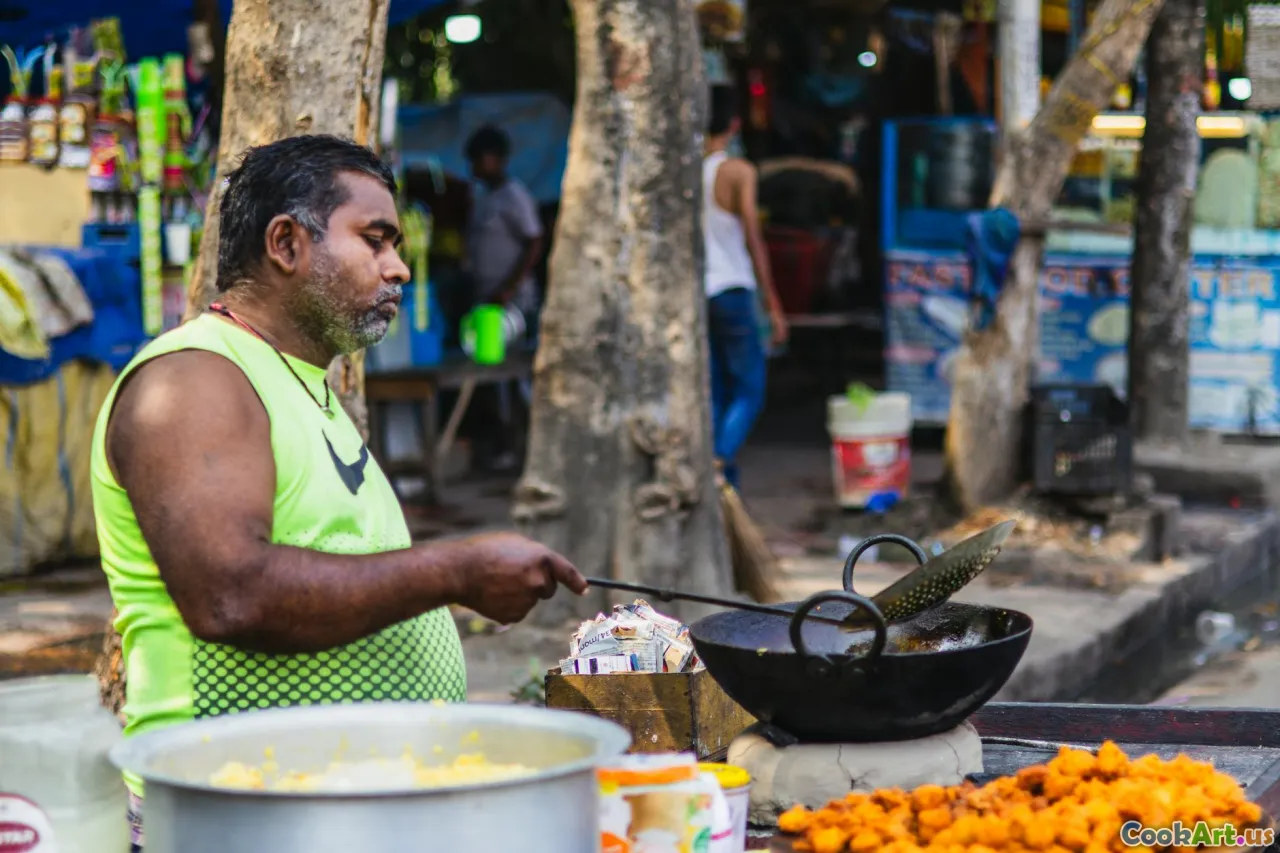The Art of Street Food: Culture on a Plate
6 min read Explore the vibrant world of street food, where culture, history, and culinary art converge on a plate. April 10, 2025 15:01
The Art of Street Food: Culture on a Plate
Street food is more than just quick bites; it is a vibrant tapestry that weaves together the stories, traditions, and lives of the people who create and consume it. Each dish served from a humble cart or bustling market stall is a reflection of cultural heritage, local ingredients, and the culinary artistry of its maker. In this article, we delve deep into the world of street food, exploring its significance, diversity, and the unique experiences it offers.
A Global Phenomenon
Street food can be found in every corner of the globe, from the spicy tacos of Mexico to the fragrant pho of Vietnam. In cities like Bangkok, Mumbai, and Mexico City, street food is an essential part of daily life, providing affordable and accessible meals to locals and tourists alike. It captures the essence of the area’s culinary influences, often blending traditional recipes with modern flavors.
Cultural Significance
Street food is an embodiment of cultural identity. Each region has its signature dishes that tell tales of historical migrations, trade, and local ingredients. For instance, the beloved Chinese baozi (steamed buns) reflect the influence of Chinese culinary traditions, while the vibrant poutine from Canada symbolizes the country's comfort food culture. These dishes serve as a medium for storytelling, connecting people through shared culinary experiences and memories.
The Cooking Techniques Behind the Cart
The preparation of street food often involves techniques passed down through generations. From grilling over open flames to stir-frying in woks, these methods showcase the skill and passion of street food vendors. For example, the art of making perfect dosa, a South Indian crepe, requires years of practice and expertise in batter fermentation and cooking on a hot griddle.
Ingredients: The Heart of Street Food
Street food vendors often prioritize fresh, local ingredients. This not only supports local farmers and economies but also ensures that flavors remain authentic. Ingredients can vary widely, from the use of fresh herbs in Thai street food to the rich spices in Indian chaats. The sourcing of ingredients is a crucial element, as it directly influences the quality and taste of the dishes.
The Experience: More Than Just Eating
Eating street food is an experience that engages all the senses. The vibrant colors of the dishes, the tantalizing aromas wafting through the air, and the sounds of sizzling pans create a unique environment. Moreover, street food often fosters community. Shared tables and communal eating spaces encourage interaction among strangers, turning a simple meal into a social event.
Street Food Markets: A Culinary Adventure
Many cities boast dedicated street food markets, where vendors from various backgrounds converge to showcase their specialties. Markets like Smorgasburg in Brooklyn, New York, and the Night Markets in Taiwan offer a festival-like atmosphere, featuring a plethora of flavors and cuisines. These markets not only highlight the diversity of street food but also promote cultural exchange and culinary experimentation.
The Future of Street Food
As the world becomes increasingly interconnected, street food continues to evolve. Fusion cuisines are emerging, blending traditional recipes with international flavors. However, the essence of street food remains—its ability to adapt, innovate, and provide a sense of belonging. With the rise of food trucks and pop-up stalls, street food is finding new avenues to reach food lovers everywhere, ensuring that this culinary art form remains vibrant and relevant.
Conclusion
The art of street food is a celebration of culture on a plate. It captures the essence of culinary traditions while embracing modern influences. Whether you’re exploring a bustling street market or savoring a dish from a food truck, street food offers an unparalleled experience that connects us to the world around us. So next time you indulge in street food, take a moment to appreciate the rich stories and cultural heritage served alongside each bite.









